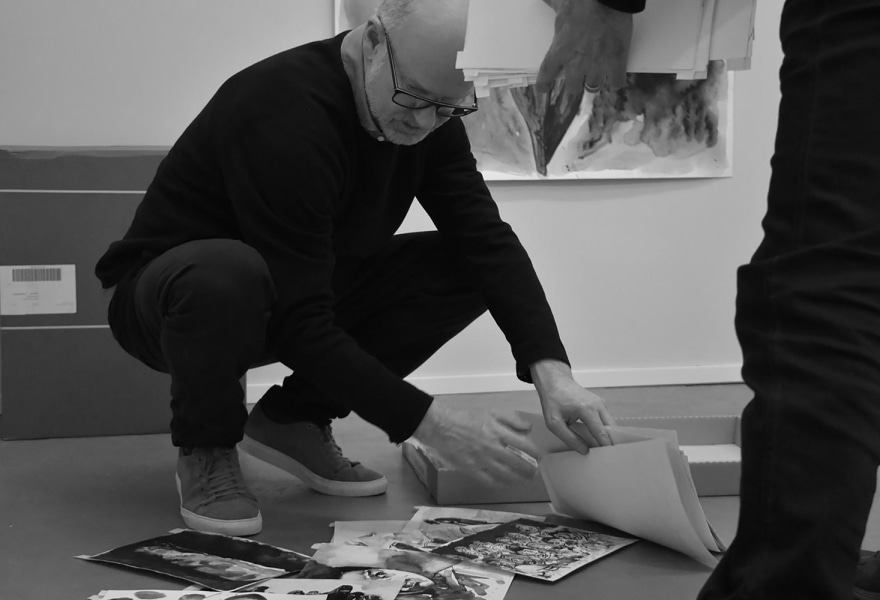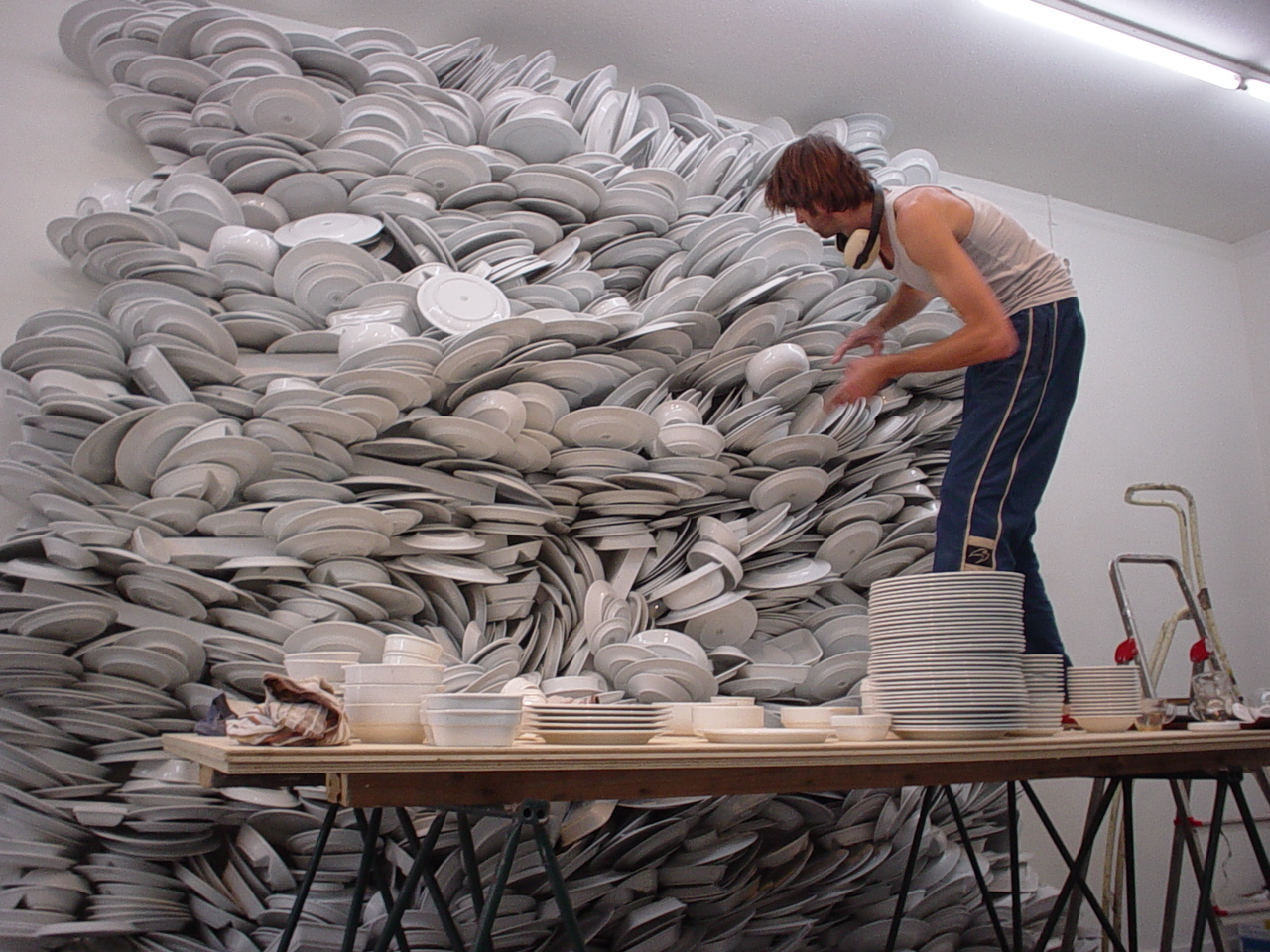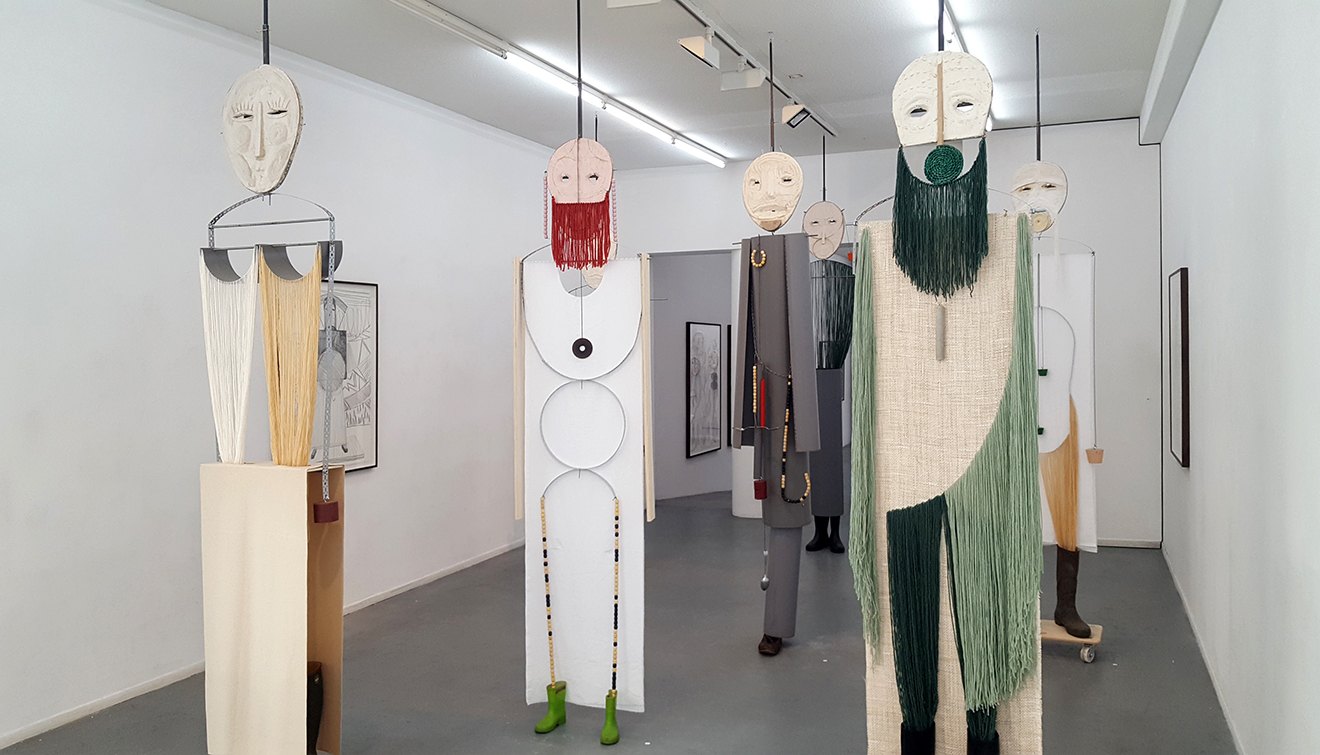17 december 2021, Oscar van Gelderen
The gallery of... Maurits van de Laar
We’re you exposed to art while growing up?
A childhood friend of my mother, Els Grobben, had studied at the KABK in The Hague. She taught me and kids from the neighbourhood on Saturdays, we called it the 'crafts club'. There we learned to sculpt, paint, draw and cut linoleum; I once badly cut the ball of my hand. I preferred to draw, often in great detail. I remember well when I discovered that you could show things from above. I would endlessly draw racing cars on a track that you looked down on from above.
How did you come into contact with the art world?
My parents took me and my brother and sister to museums and occasionally bought art. One of the works was Herman Berserik’s 'De Psychometriste' by, a painting of a woman with a shopping bag in a street in the Schilderswijk, which was actually a portrait of his mother. The painting was not bought from a gallery, but probably from the Haagse Kunstkring or Pulchri. Berserik brought the work home to us. Because we were still small, he told me that he still had a puppet show painted by him, which my parents also bought at the time. I remember that 'De Psychometriste' was loaned out for a retrospective in the Haags Gemeentemuseum. When I went there with my mother, Berserik also happened to be in the room, where he had made an appointment with Carel Willink and Mathilde, those two made quite an impression on me.
What was your first job in a gallery? Or did you immediately start a gallery yourself?
Will Lutz – with whom I studied art history in Leiden – already had a gallery when he started his studies. I used to watch his gallery when he was away. He made me curious about how a gallery works, how you find your artists and build an audience. The real trigger to start a gallery myself came when I interviewed the German artist Markus Lüpertz for my graduation thesis. I had made contact with him through gallery owner Michael Werner. When I visited Werner in Cologne and saw paintings by A.R. Penck, Georg Baselitz and Don van Vliet, I was so impressed that on the return journey I naively thought: I want a gallery like that too.
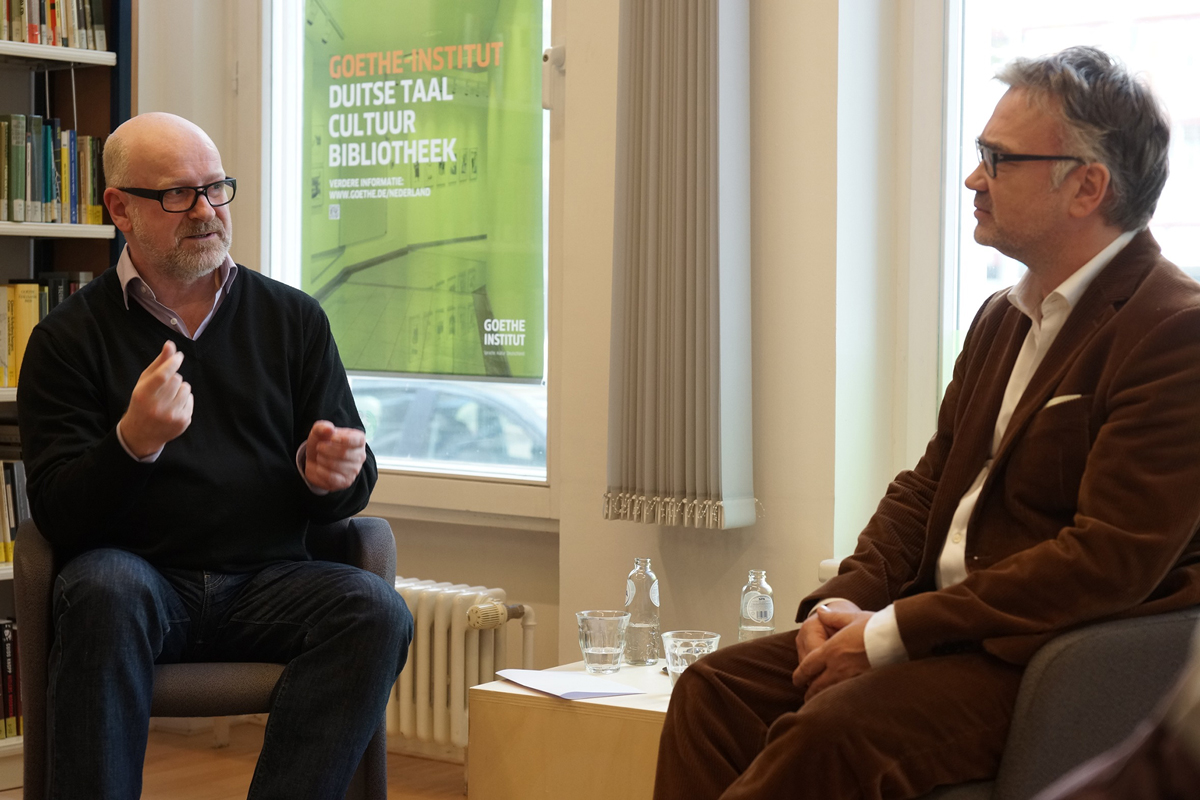
Interview with Martin Assig at the Goethe Institut Rotterdam, on the occasion of his exhibition Glückhaben in Museum Boijmans van Beuningen, October 2015. Photo: A. Kers.
How would you describe your gallery’s profile?
I am known as the 'drawing gallery' thanks to artists such as Marcel van Eeden, Robbie Cornelissen, Karin van Dam and Dirk Zoete. But I also represent the fantastic sculptor/ceramist Elmar Trenkwalder and painters such as Ronald Versloot, Andrea Freckmann or Zeger Reyers, who make spectacular installations with organic materials or piles of porcelain. I think the common thread is the artist's personal engagement and emotion that I should be able to see in the work. I am less interested in formal or aesthetic aspects of art.

Andrea Freckmann, Commedia Get on Stage, performance by Marlot Meijer, April 2018. Photo: Eric de Vries.
What do you think is the best part of being a gallerist?
The contact with the artist and the development of new work you experience up close. Together with the artist, you are the first to see the new work, you must try to interpret and articulate it, so that you can inform and convince your audience. As a gallerist you are an intermediary, you open the door to the world of the artist.
Which national / international galleries do you feel an affinity with?
Each gallery has its own signature and character, but I am a fan of the precociousness and humour of Cokkie Snoei, the consistent quality of Galerie Akinci, and of the younger colleagues Dürst Britt & Mayhew, who have set up an internationally operating gallery in a short time. Abroad, I work with the Parisian gallery Bernard Jordan, which also has many draftsmen, and I am impressed by Galerie Sofie Van de Velde, who runs her gallery with great dedication and aims to interest a young audience in contemporary art.

Marcel van Eeden, Sinterklaas is niet bang, 25 years of collaboration with Galerie Maurits van de Laar, overview front space, May 2019.
In an ideal world, which artist would you most like to represent?
I would like to work with Jockum Nordström someday, a great Swedish artist.
What has changed in the art world since you took your first steps?
When I started, there was no internet or email; Digitization has accelerated everything enormously and made everything more accessible. It's easier to communicate and reach your audience, but it also sparked a deluge of information that isn't necessarily good for the arts. You get to see so much that some sort of image inflation arises in which more still works can perish. The number of art fairs has also increased enormously since the late 1990s, this effectively means that you end up in a kind of rat race which benefits spectacle while offering little room for depth or introspection.
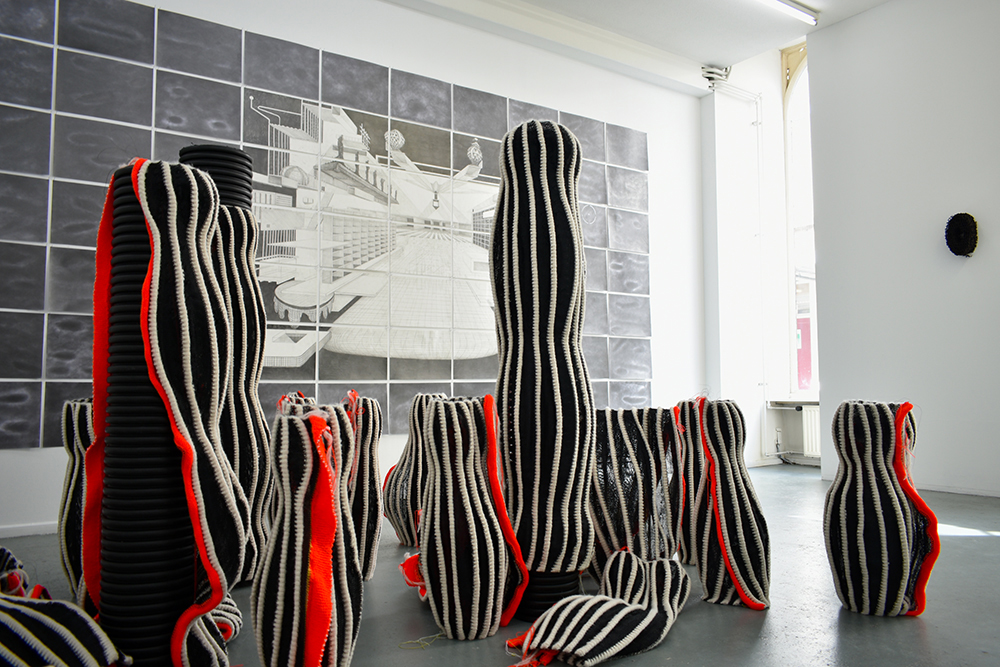
Karin van Dam, Robbie Cornelissen, Places We Have Never Been Before, May 2021, overview front space. Photo: Abril Cisneros.
What / whose work do you collect yourself?
Mainly work by my own artists, such as Martin Assig, Marcel van Eeden and Ed Pien.
Has the pandemic changed the way you see the artworld?
Corona has broken the fast pace at which fairs and exhibitions follow each other. That is actually a good development, in which there is more room for a kind of 'slow art' and you can take the time to inform your audience one on one.
Thanks to the time slots, visitors also feel that they receive more personal attention. For example, these days an exhibition opening from 12 noon to 5pm, allowing you to spread your audience better and speak to your visitors one by one. Before the pandemic, it was packed at a vernissage around 4:30 pm and it was impossible to give everyone enough attention. I hope that that space for concentration and attention will continue to exist after the pandemic.
